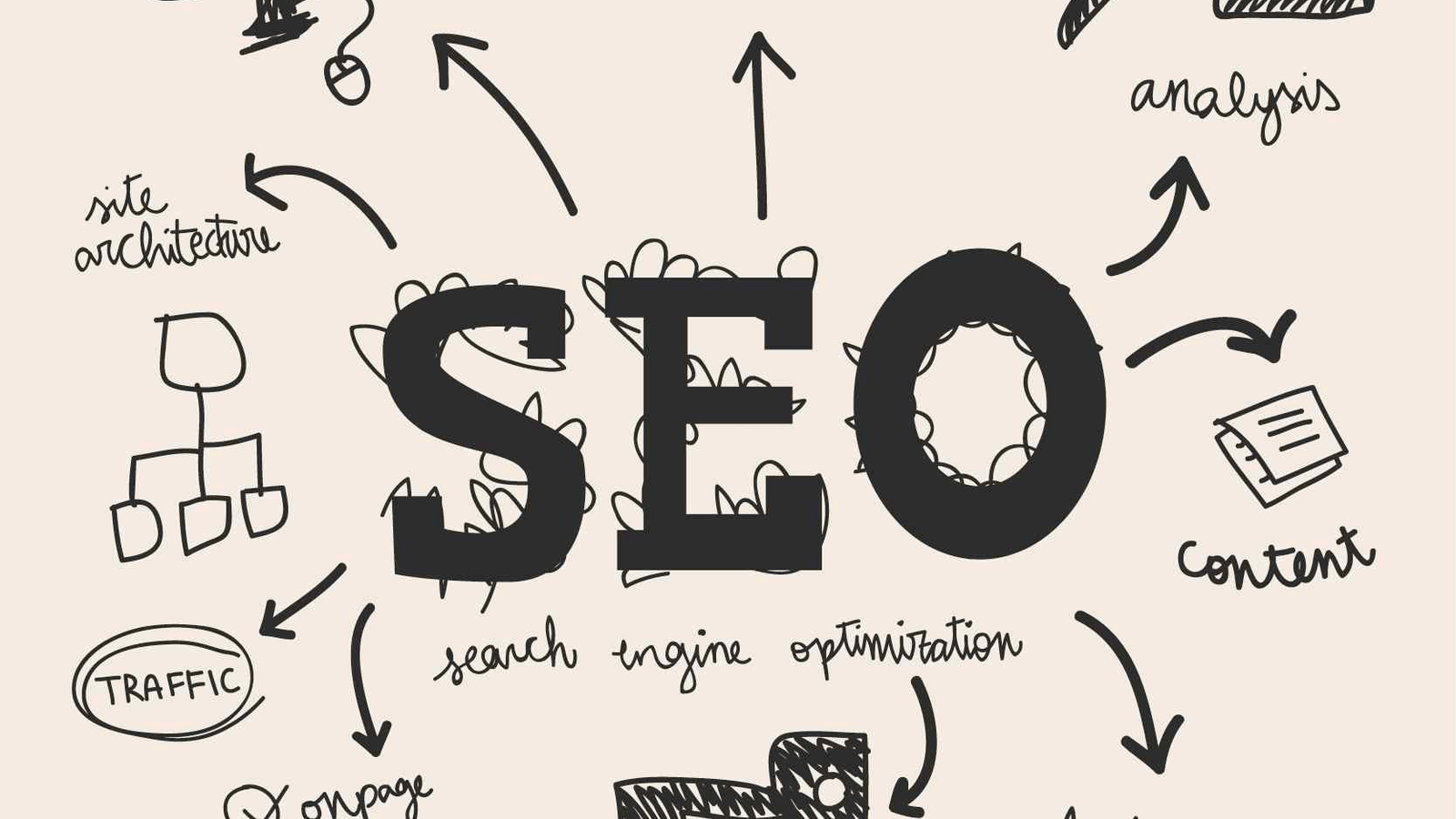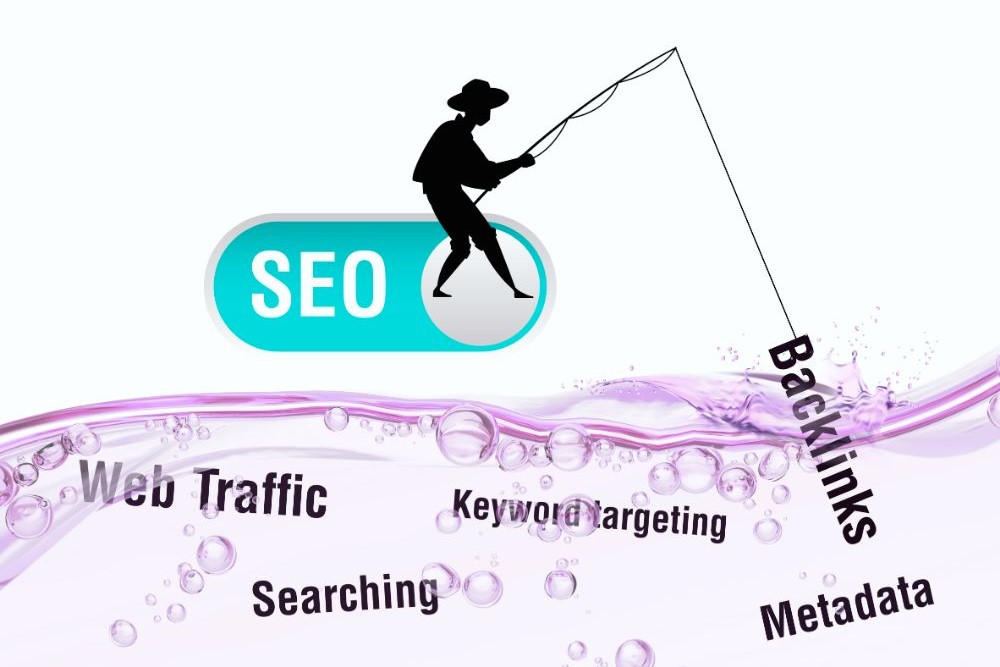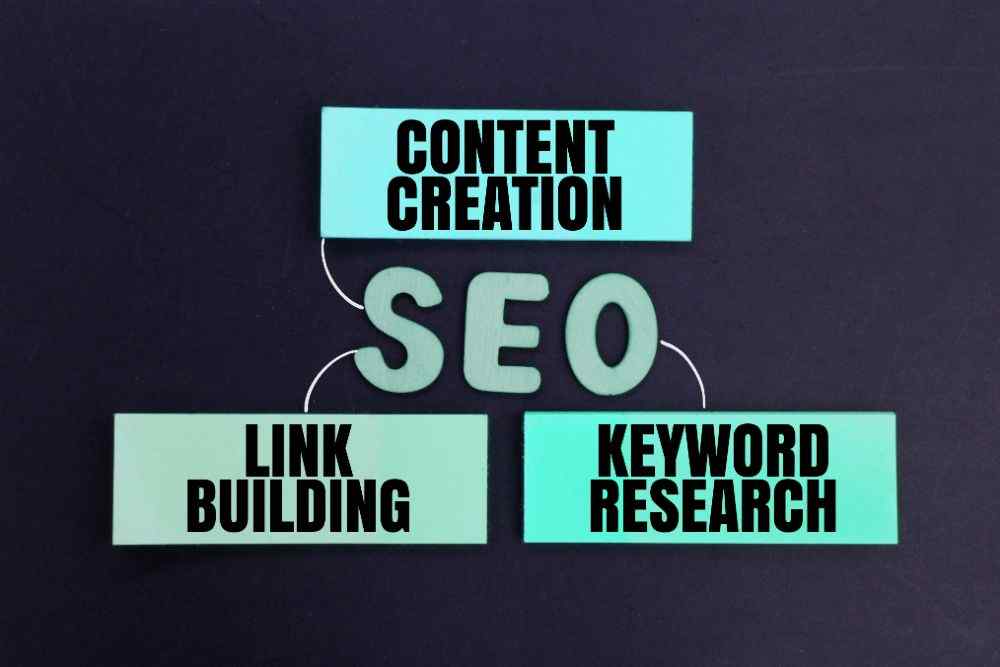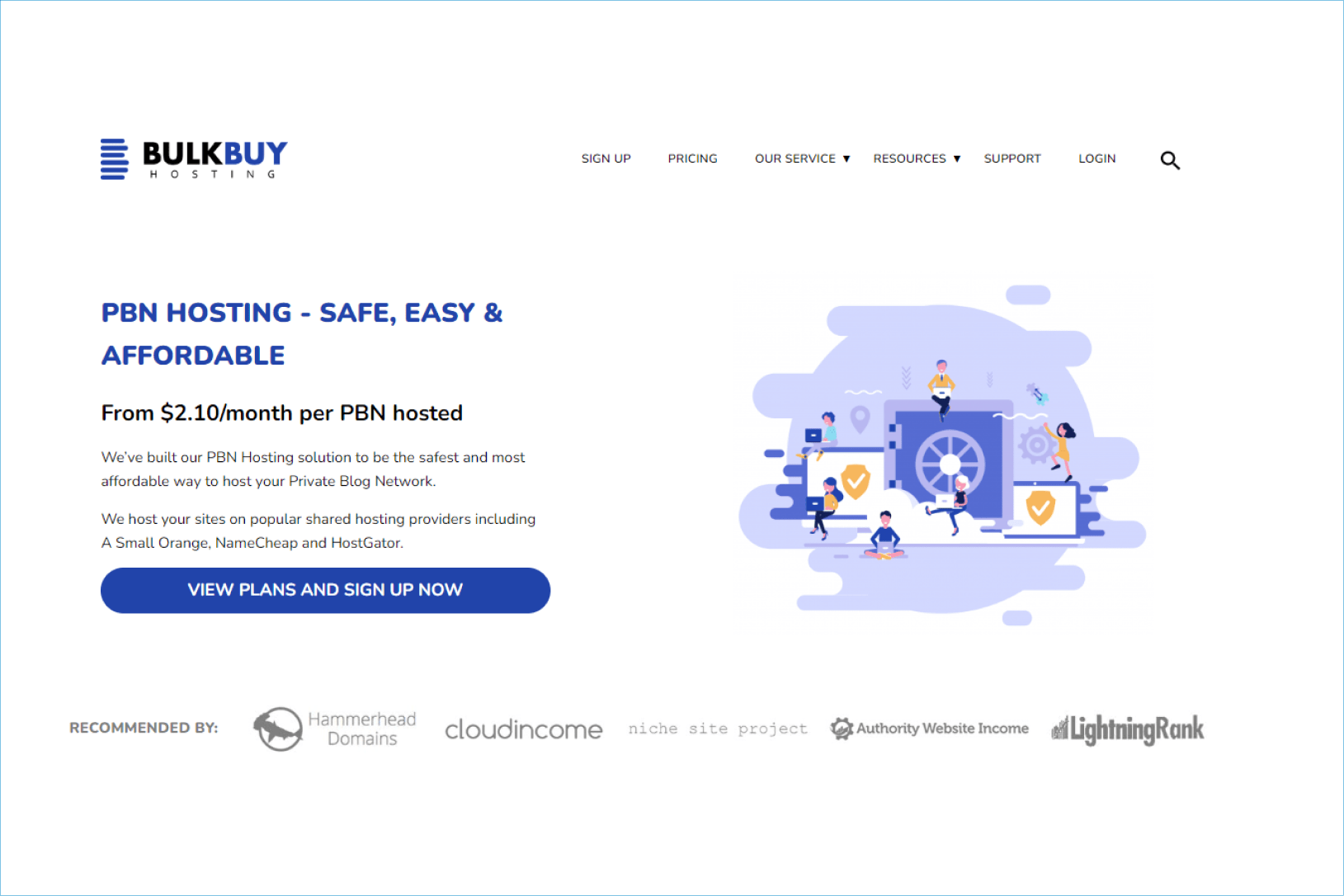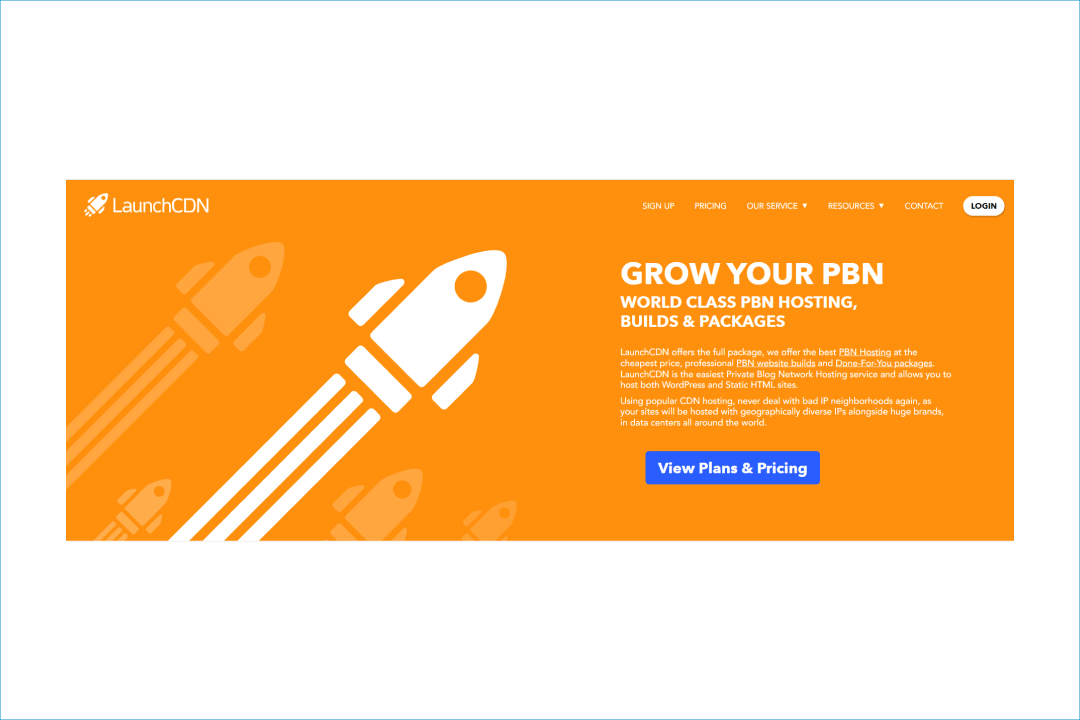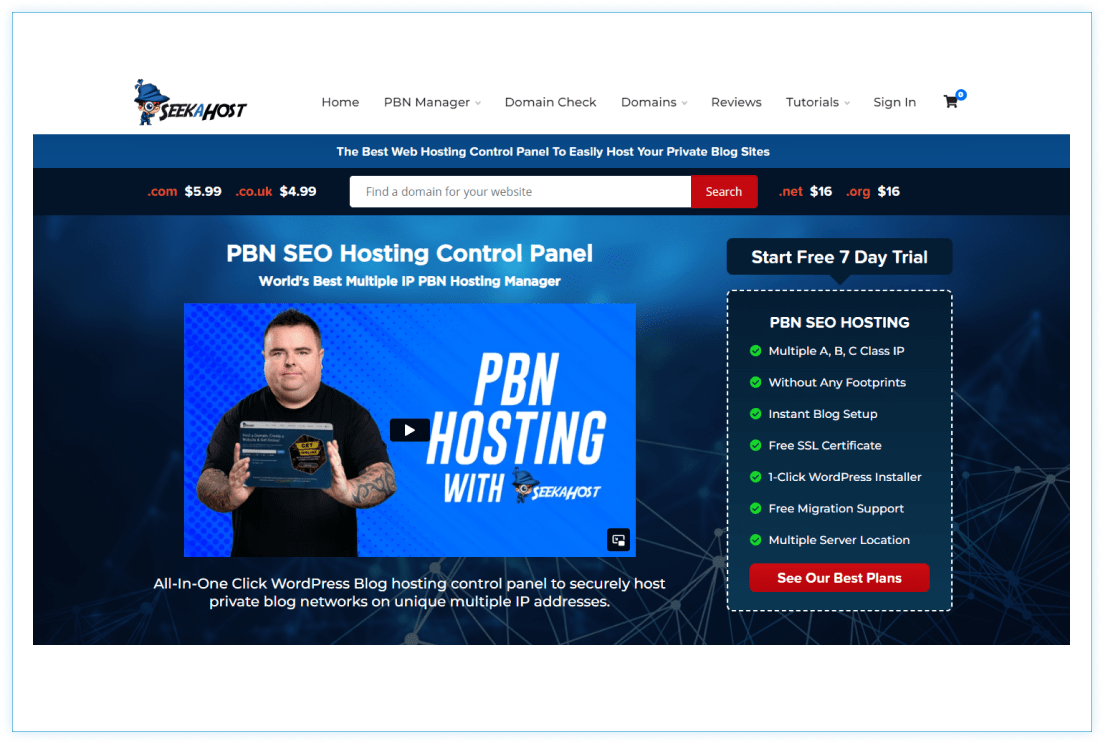
Creating a successful SEO content strategy is essential for any business aiming to increase its online presence, drive organic traffic, and ultimately boost conversions. SEO, or Search Engine Optimization, involves optimizing your website and content to rank higher in search engine results pages (SERPs).
Here’s our comprehensive guide on how to craft an effective SEO content strategy, filled with expert tips and tricks.
What is SEO Content?
Search engine optimization (SEO) involves integrating commonly searched keywords into a website’s content to demonstrate its relevance to search engines. By crafting content specifically around these keywords, you signal to search engines that your site matches what users are searching for. This increases your chances of ranking higher on the search engine results pages (SERPs) and attracting more traffic to your website.
Effective SEO content is well-written and incorporates relevant keywords or their variations to satisfy search queries. However, SEO goes beyond merely placing keywords in the text. It also includes technical aspects, such as ensuring URLs align with the targeted keywords and optimizing page load speeds. Every part of the content, including meta descriptions, must be aligned with the focus keywords to maximize SEO effectiveness.
What is SEO Content Strategy?
An SEO content strategy is a comprehensive plan to create, optimize, and promote relevant content to improve its performance in search engine results. It involves understanding your target audience, conducting keyword research, developing high-quality content, and optimizing it for search engines. The goal is to attract relevant traffic to your website, establish your brand authority, and achieve your business objectives.
Why is SEO content strategy important?
SEO content strategy is important for several reasons:
- Increased Visibility: An SEO content strategy helps your content rank higher in search engine results pages (SERPs), making it more visible to your target audience and increasing the chances of attracting targeted traffic to your website.
- Targeted Traffic: By optimizing your content for specific keywords and user intent, you can attract traffic that is more likely to engage with your content and convert into leads or customers.
- Establishing Authority: High-quality, valuable content that addresses the needs and interests of your target audience helps establish your brand as a thought leader in your industry or niche, building trust and credibility with your audience.
- Improved User Experience: SEO content strategy ensures that your content is well-structured, easy to read, and provides value to your audience, improving the overall user experience on your website.
- Encourages Backlinks: High-quality, valuable content is more likely to be linked to by other websites, which can improve your search engine rankings and drive referral traffic to your website.
- Cost-Effective: SEO content strategy is a cost-effective way to drive traffic to your website, as it focuses on organic search results rather than paid advertising.
- Long-Term Success: By creating content that addresses the needs and interests of your target audience, you can achieve long-term success and establish a consistent flow of traffic to your website.
- Competitive Advantage: An SEO content strategy helps you stand out from your competitors by providing unique, high-quality content that addresses the needs and interests of your target audience.
- Measurable Results: SEO content strategy provides measurable results through metrics such as search engine rankings, traffic, engagement, and conversions, allowing you to track and refine your strategy over time.
- Continuous Improvement: An SEO content strategy encourages continuous improvement by providing insights into user behavior, search trends, and content performance. This allows you to refine and optimize your content for better results. For more helpful info, I recommend our guide on digital marketing.
How to Create an SEO Content Strategy?
Creating an SEO content strategy involves a series of structured steps to ensure your content ranks well on search engine results pages (SERPs) and effectively drives organic traffic. Here’s a detailed guide to help you create a strong SEO content strategy:
Understand Your Audience
Before creating any content, it’s essential to understand your target audience. Perform market research to gather information about their demographics, interests, pain points, and search behavior. Tools like Google Analytics, social media insights, and customer surveys can provide valuable data. Creating buyer personas can help you visualize and understand your audience better.
Run Thorough Keyword Research
Keyword research is the backbone of an SEO content strategy. Use tools like Ahrefs, SEMrush, and Moz to identify relevant keywords and phrases that your audience is searching for. Focus on:
- Primary Keywords: Main keywords that define your content.
- Long-Tail Keywords: More specific phrases that often have less competition and higher conversion rates.
- LSI (Latent Semantic Indexing) Keywords: Related terms and phrases that provide context to your primary keywords.
Read our article How to Do Keyword Research for SEO for more helpful insights.
Create High-Quality Content
Ensure your content is:
- Relevant: Addresses the needs and interests of your audience.
- Informative: Provides valuable information that solves problems or answers questions.
- Engaging: Written in a conversational tone, with visuals and structured for easy readability.
- Original: Offers unique insights or perspectives, avoiding duplicate content.
Optimize On-Page Elements
On-page SEO involves optimizing various elements within your content and webpage. Key areas to focus on include:
- Title Tags: Create compelling, keyword-rich titles that attract clicks.
- Meta Descriptions: Write informative and enticing meta descriptions to improve click-through rates.
- Headings: Use H1, H2, and H3 tags to structure your content logically and include keywords.
- URL Structure: Keep URLs short, descriptive, and include primary keywords.
- Image Alt Text: Use descriptive alt text for images to improve accessibility and SEO.
- Internal Linking: Link to other relevant pages on your site to keep users engaged and improve site navigation.
Focus on User Experience (UX)
A positive user experience significantly impacts your SEO rankings (learn how here: https://quirk.biz/how-user-experience-affects-seo/).
Ensure your website is:
- Mobile-Friendly: Responsive design is crucial as more users access content via mobile devices.
- Fast-Loading: Optimize images, use caching, and minimize code to improve load times.
- Easy to Navigate: Use a clear and logical navigation structure to enhance usability.
Build Quality Backlinks
Backlinks from reputable websites signal to search engines that your content is valuable and trustworthy. Strategies to acquire quality backlinks include:
- Guest Blogging: Write articles for other reputable sites in your industry.
- Outreach: Reach out to influencers and bloggers to share your content.
- Content Marketing: Create shareable content such as infographics, videos, and original research.
Also, check our article to learn how to buy high-quality backlinks.
Use Social Media
Promote your content across social media platforms to increase visibility and drive traffic. Engage with your audience through comments, shares, and discussions to build a community around your brand. Social signals can indirectly impact your SEO by driving traffic and generating backlinks.
Monitor and Analyze Performance
Regularly track your SEO performance using tools like Google Analytics, Google Search Console, and SEO software. Monitor key metrics such as:
- Organic Traffic: Measure the number of visitors coming from search engines.
- Bounce Rate: Track the percentage of visitors who leave your site after viewing only one page.
- Conversion Rate: Analyze how well your content drives desired actions, such as sign-ups or purchases.
- Keyword Rankings: Monitor how well your content ranks for target keywords.
Keep Up with SEO Trends
SEO is an ever-evolving field, with search engines frequently updating their algorithms. Stay informed about the latest trends and best practices by following industry blogs, attending webinars, and participating in SEO forums.
Be Patient and Persistent
SEO is a long-term strategy, and results often take time to materialize. Be patient, stay consistent with your efforts, and continually refine your strategy based on performance data and industry changes.
By following these steps, you can develop a comprehensive SEO content strategy that enhances your online presence, drives more organic traffic, and achieves your business goals.
Common Mistakes to Avoid When Creating an SEO Content Strategy
In order to have a successful SEO strategy, it’s important to avoid some common mistakes:
- Targeting keywords that are not relevant to your business or content.
- Neglecting to incorporate relevant keywords in your content makes it difficult for search engines to understand its relevance and value.
- Prioritizing the quantity of content over its quality results in low-quality or unoriginal content that fails to engage users and search engines.
- Not optimizing content and landing pages to effectively convert visitors into leads can hurt the overall effectiveness of your SEO strategy.
- Ignoring mobile optimization can significantly impact your search engine rankings and user experience.
- Neglecting to track and analyze important metrics like organic traffic, keyword rankings, bounce rate, and conversion rates can make it hard to refine and improve your SEO strategy.
- Not creating high-quality, relevant content:Producing low-quality or unoriginal content that fails to engage users and search engines, which can negatively impact your search engine rankings and overall SEO performance.
- Not optimizing meta descriptions:Neglecting to craft compelling meta descriptions that accurately represent your content and entice users to click through to your website, which can limit your click-through rates and traffic.
- Not building quality backlinks from reputable and relevant sources can limit your website’s authority and harm its ability to rank well in search engine results.
By avoiding these common mistakes, you can create a comprehensive SEO content strategy that drives organic traffic, engages your target audience, and ultimately grows your business.
Conclusion
A successful SEO content strategy is an ongoing process. Focus on understanding your audience, creating quality content, optimizing on-page elements, enhancing user experience, building quality backlinks, and staying updated with SEO best practices.
By following our expert tips and avoiding common pitfalls, you can enhance your online presence, drive more organic traffic, and achieve your business goals. Stay patient, persistent, and adaptable to the ever-changing landscape of SEO.


